Related Research Articles
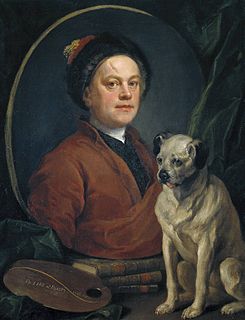
William Hogarth was an English painter, printmaker, pictorial satirist, social critic, and editorial cartoonist. His work ranges from realistic portraiture to comic strip-like series of pictures called "modern moral subjects", and he is perhaps best known for his series A Harlot's Progress, A Rake's Progress and Marriage A-la-Mode. Knowledge of his work is so pervasive that satirical political illustrations in this style are often referred to as "Hogarthian".

Francesco Bartolozzi was an Italian engraver, whose most productive period was spent in London. He is noted for popularizing the "crayon" method of engraving.

Jacques-Laurent Agasse was an animal and landscape painter from Switzerland.

Benjamin Marshall was an English sporting and animal painter. He was a follower of George Stubbs and studied under Lemuel Abbott for three years.
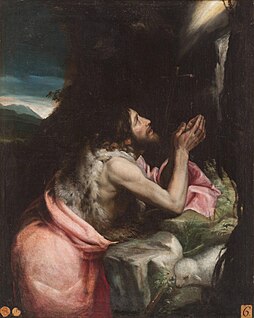
Francisco López was a Spanish painter and engraver. He was a pupil of Bartolommeo Carducci, whom he assisted in 1595 in painting for the church of San Felipe el Real at Madrid, destroyed by fire in 1718. He was appointed painter in ordinary to King Philip III of Spain. In 1603, he painted a series of paintings representing the victories of Charles V in the King’s dressing-room at the Pardo Palace. He also etched the third, sixth, and seventh plates for Vincenzo Carducci's Dialogues on Painting. He also painted Saint John the Baptist which is now at the Real Academia de Bellas Artes de San Fernando.
Francis Jukes (1745–1812) was a prolific engraver and publisher, chiefly known for his topographical and shipping prints, the majority in aquatint. He worked alongside the great illustrators of the late eighteenth century. He contributed numerous plates to various publications of rural scenes. His early prints were published in collaboration with Valentine Green, and later worked in collaboration with the engraver and publisher Robert Pollard.
Louis Audran, the fourth and youngest son of Germain Audran, was born at Lyon in 1670, and instructed in engraving by his uncle Gérard. He did not execute many plates, but assisted his brothers in forwarding theirs. He died at Paris about 1712. He engraved some copies of the large plates executed by his relatives. There is a set of seven middle-sized plates by him of the 'Seven Acts of Mercy,' after Bourdon. He also engraved after the works of Le Brun, Poussin, and other French painters.
Bernard Baron was a French engraver and etcher who spent much of his life in England.
Dominique Barrière (c.1622–1678) was a French painter and engraver.

John Sartorius was an Anglo-German animal painter, the first of four generations of the celebrated Sartorius family of artists. He should not be confused with his great-grandson John Francis Sartorius.
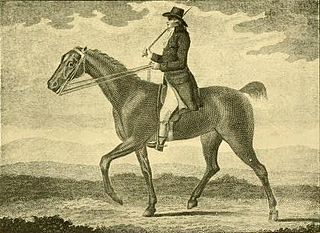
Francis Sartorius was an English painter of horses, horse-racing and hunting scenes, of the celebrated Sartorius family of artists. Also known as Francis Sartorius the Elder to distinguish him from his grandson Francis Sartorius Jr..

John Nost Sartorius (1755–1828), was an English painter of horses, horse-racing and hunting scenes. He is considered the best-known and prolific of the Sartorius family of artists.

Friedrich Brentel, a German printmaker in engraving and etching, and miniature painter, was born at Lauingen in 1580, and became a citizen of Strasbourg in 1601. His principal work is a set of plates for 'The Funeral of Charles III, Duke of Lorraine,' and the Royal entry of his son as the new duke, published at Nancy in 1611. They are from the designs of Claude de La Ruelle and Jean La Hire, and are etched in a slight, spirited manner. One plate has a single horse and rider, out of a large group in a procession, done in a very different style, which is thought to be the first venture into etching of the Nancy court painter Jacques Bellange, now known mainly for his prints. Other noticeable plates of his are a 'View of the large Hall at Stuttgart' (1619), and 'John Frederick I., Elector of Saxony ' (1609). He died in Strasbourg in 1651.

Pierre-Charles Canot (c.1710–77) was a French engraver who spent most of his career in England.

Charles Nicolas Cochin the Elder was a French line-engraver.
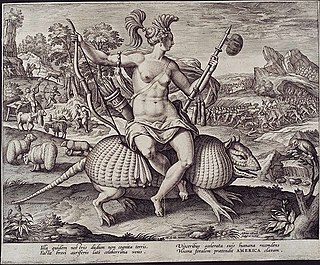
Adriaen Collaert was a Flemish designer and engraver.

Abraham de Bruyn was a Flemish engraver. He established himself at Cologne about the year 1577. He is ranked among the Little Masters, on account of his plates being usually very small. He engraved in the manner of Wierix, and worked entirely with the graver, in a neat and formal style, but his drawing is far from correct. It is believed that he worked also as a goldsmith. Among his portraits, and prints of small friezes of hunting, hawking, &c., which are esteemed for their neatness, may be mentioned:
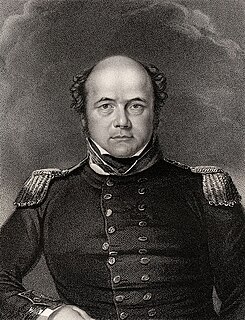
William Derby (1786–1847) was an English portraitist, miniature painter and copyist.

Sir Nicolas Dorigny was a French engraver, the youngest son of Michel Dorigny, and was born in Paris in 1652 or 1658. His education prepared him for the legal field, and he followed that profession until he was thirty years of age, when, as a result of deafness, he turned to the arts. He died in 1746.
Peltro William Tomkins (1759–1840) was an English engraver and draughtsman.
References
Attribution:
-
 This article incorporates text from a publication now in the public domain : Bryan, Michael (1886). "Ansell, Charles". In Graves, Robert Edmund (ed.). Bryan's Dictionary of Painters and Engravers (A–K). I (3rd ed.). London: George Bell & Sons.
This article incorporates text from a publication now in the public domain : Bryan, Michael (1886). "Ansell, Charles". In Graves, Robert Edmund (ed.). Bryan's Dictionary of Painters and Engravers (A–K). I (3rd ed.). London: George Bell & Sons.